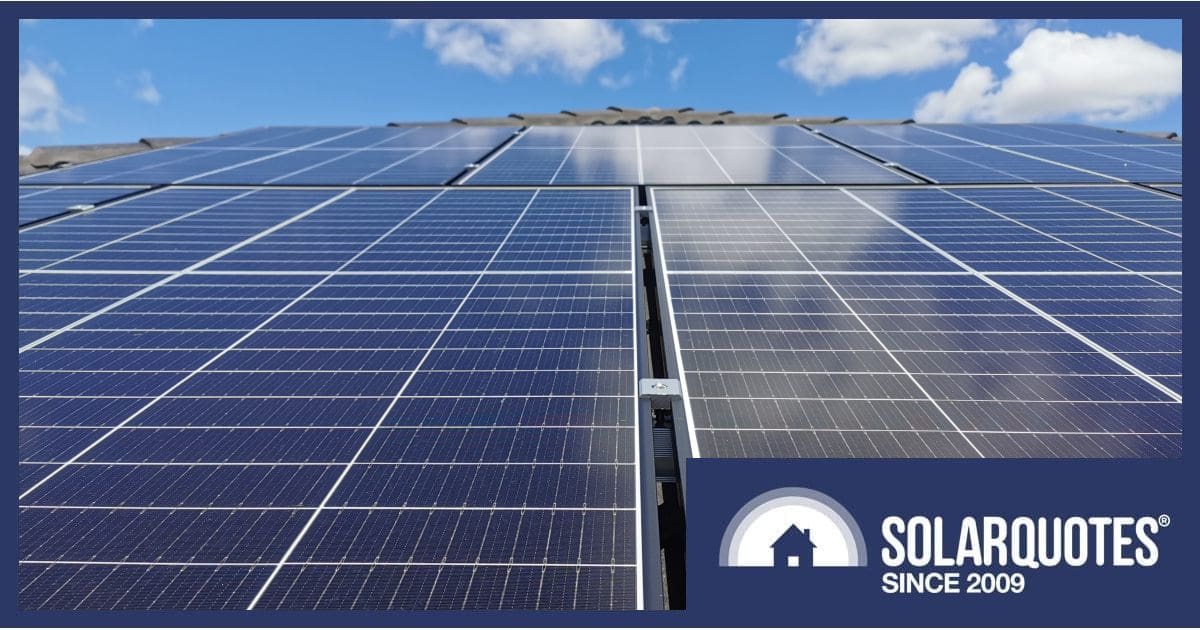
Solar owners in Western Australia generally get a very low feed-in tariff these days, and it’s about to get a smidge lower. So, is rooftop solar power still worth it in WA?
Back in 2010 when the solar industry was still finding its feet in Western Australia, the State Government introduced a feed-in tariff scheme to encourage electricity customers to install solar panels. Those who installed systems and signed up for the feed-in tariff between 1 August 2010 and 30 June 2011 received a whopping 40 cents per kWh exported to the grid.
The feed-in rate was halved to 20c per kWh for signups between 1 July 2011 and 1 August 2011. And then the party was over; but not for those registered in the scheme as the rates were locked in for a decade as long as systems remained with eligibility guidelines.
The incentive did what was intended. In 2009, only 11,157 systems were installed that year. In 2010, the number of installations jumped to 22,293; and in 2011 there were 51,667 installs. According to Synergy, more than 75,000 customers participated and over $430 million was paid out.
After that initiative, the Renewable Energy Buyback Scheme (REBS) was introduced, which was paying 7.135c per kilowatt hour just before it ended in late 2020. Then the Distributed Energy Buyback Scheme (DEBS) scheme came into play, which continues today.
For 2023/24, households in Perth and WA’s south-west (Synergy customers) receive 2.25 cents per kilowatt-hour for solar energy exports between 9pm and 3pm, and 10c/kWh for exports between 3pm and 9pm. Regional (Horizon Power) rates vary, but they were generally 3c/kWh 9pm-3pm and 10c/kWh 3pm to 9pm in significant regional centres.
2024/25 Feed-in Tariff Rates
As with regulated electricity prices, the DEBS buyback rates are reviewed each year by Western Australia’s State Government. In 2024/25, here’s what’s happening for Synergy customers:
- Electricity exported between 3pm to 9pm: 10 cents per kilowatt-hour (kWh);
- Electricity exported between 9pm and 3pm: 2 cents per kilowatt-hour (kWh).
For most Horizon Power customers, the rates will remain the same as 2023/24.
Is It Still Worth Going Solar In WA?
If you have a suitable rooftop, yes.
Western Australia’s feed-in tariff rates have been particularly crappy for some years. But the solar juggernaut rumbles on – 38,691 systems were installed in 2022, and around 35,000 in 2023. More than 500,000 systems in total have been installed in WA to date.
There’s good reasons passion for rooftop PV, particularly in Perth, continues. First, intense competition among solar installers keeps prices in check. Second, Western Australia enjoys high levels of sunshine.
Even with such a low feed-in tariff rate, a good quality 6.6kW solar system1 installed in Perth can achieve simple payback in around 7 years. But this estimate is based on the SolarQuotes solar calculator’s default system cost of $6,6002 and just 11% self-consumption of the electricity generated. As across the rest of Australia nowadays, self-consumption is the name of the game – boost that and payback accelerates significantly.
Footnotes
- To be eligible for DEBS, a system cannot exceed a solar panel capacity of 6.6kW and an inverter capacity of 5kW. ↩
- SQ’s Solar Price Index for WA indicates an average 6.6kW system cost in May of only $5,146 – but this is for all system quality types. ↩

 RSS - Posts
RSS - Posts



Speak Your Mind